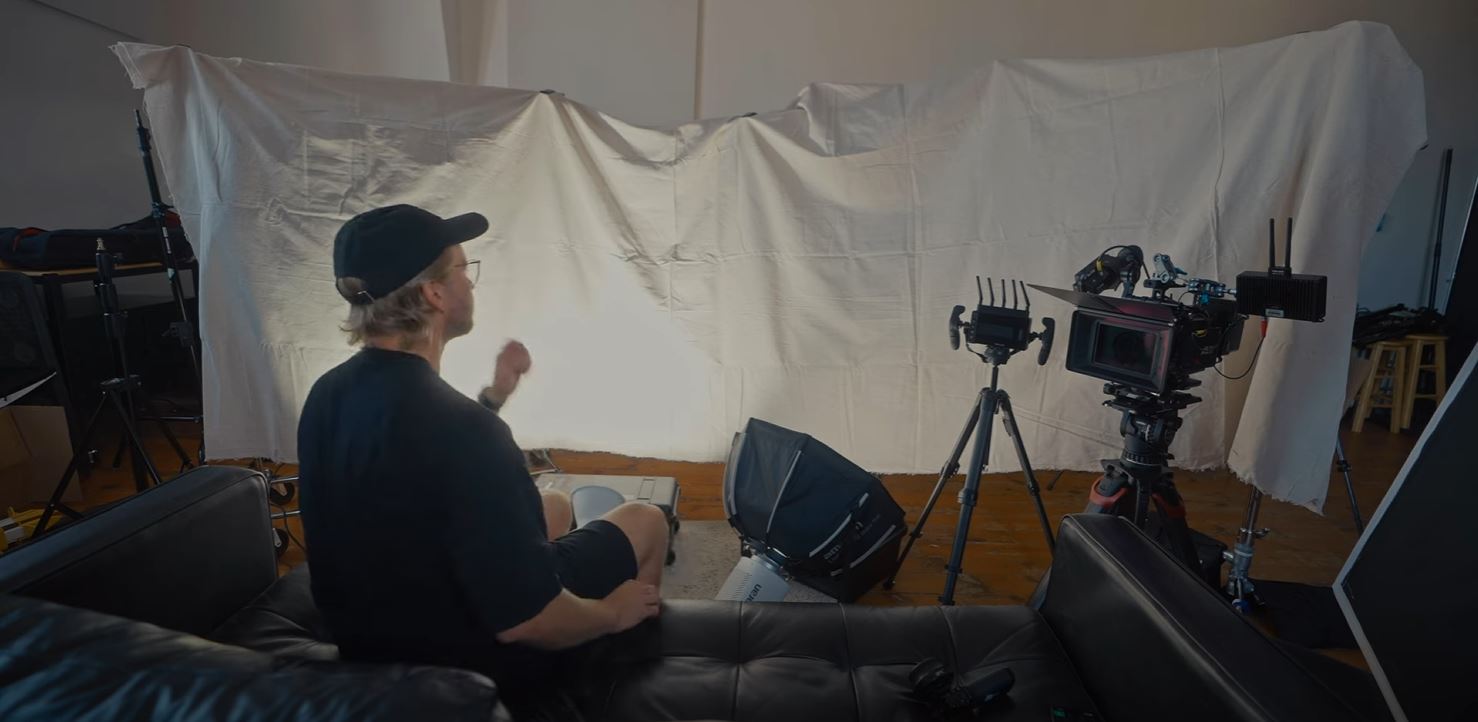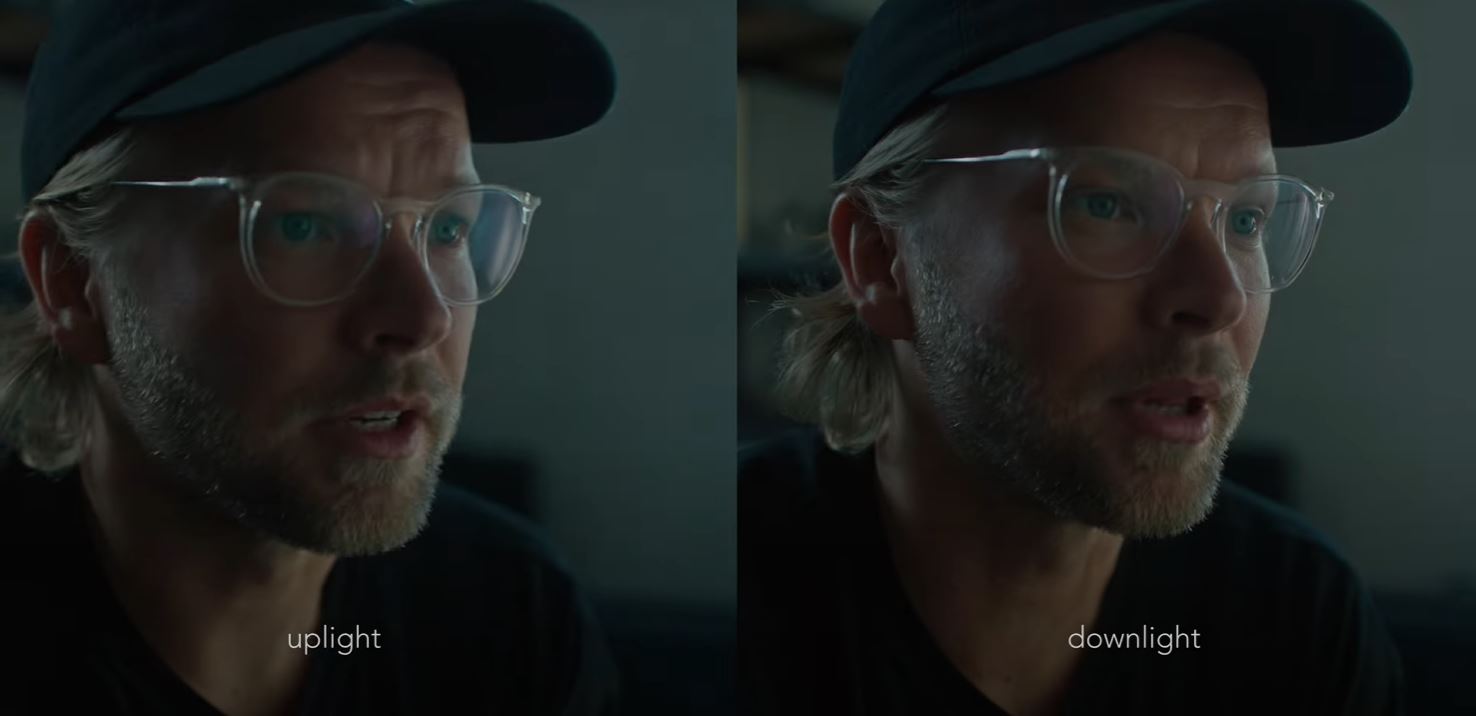Roger Deakins Secret To Cinematic Lighting: Soft Boxes vs. Cove Lighting
In the world of cinematography, the art of lighting plays a crucial role in shaping the visual narrative of a film or video. Lighting not only illuminates the scene but also sets the mood, highlights the subject, and adds depth to the image. In this video,Matti Haapoja delves into the fascinating world of lighting, comparing the use of soft boxes and Cove lighting. Join us as he uncovers the secrets behind achieving Hollywood cinematic lighting in your visuals (portraits and films).
Cove lighting offers photographers (and filmmakers) a versatile and creative approach to lighting their subjects, particularly in portrait and studio photography. Its ability to provide soft, even, and flattering light, along with its adaptability and unique aesthetic possibilities, makes it a valuable tool for photographers seeking to elevate their work.
The Cove Lighting Technique
Matti introduces us to Cove lighting, a technique favored by acclaimed cinematographer Roger Deakins. Cove lighting involves creating a circular or wrap-around light effect by shining lights onto an unbleached muslin fabric, allowing for a more natural and diffused illumination of the subject and surroundings. Matti tests this approach with lights pointing up toward the fabric, replicating the Deakins-style Cove lighting.
Pros:
- Creates a natural, wrap-around lighting effect.
- Adds depth and dimension to the image.
- Ideal for achieving cinematic and moody looks.
Cons:
- Requires additional equipment and setup.
- May occupy more space due to the fabric and stands.
- Best suited for certain cinematic looks, not universal.
- Soft Boxes vs. Cove Lighting: The Showdown
Matti's experiments with soft boxes and Cove lighting reveal intriguing insights into the world of cinematography. Here's a comparison of the two approaches:
Soft Boxes: Softboxes provide soft and even lighting, making them suitable for various scenarios. They are quick to set up and require minimal gear. However, they may lack the depth and cinematic quality desired for certain shots.
Cove Lighting (Up-Lighting): Cove lighting with lights pointing up toward the fabric creates a natural, flattering wrap-around effect. It adds depth and a cinematic touch to the visuals, making it ideal for storytelling and mood-setting shots.
Cove Lighting (Down-Lighting): Cove lighting with lights pointing down onto the fabric offers a different look but lacks the cinematic magic seen in the up-lighting approach. It may be more suitable for specific beauty shots or scenes.
Why cove lighting can be a valuable tool for photographers
Cove lighting can be beneficial for photographers for several reasons, as it offers unique advantages that can enhance the quality and aesthetics of their photographs. Here's why cove lighting can be a valuable tool for photographers:
Soft and Even Lighting: Cove lighting typically creates a soft and even distribution of light that wraps around the subject. This gentle and diffused illumination minimizes harsh shadows and reduces the appearance of imperfections on the subject's skin, making it ideal for portrait photography. It can result in flattering, studio-like lighting that complements the subject.Natural-Looking Highlights: The wrap-around effect of cove lighting creates natural-looking highlights and reflections on the subject's features, such as the eyes and skin. This can add depth and dimension to portraits, making them appear more three-dimensional and lifelike.Versatility: Cove lighting can be adapted to various photography genres and styles. It's not limited to portrait photography but can also be used for product photography, still life, and food photography. Its ability to create a natural and pleasing light source makes it versatile for different subjects.Consistency: Cove lighting setups can provide consistent lighting across a series of shots, making them suitable for studio sessions where uniform lighting is crucial. This consistency ensures that the photographer can maintain a cohesive look throughout a photo shoot.Unique Visual Style: Cove lighting can give photographs a unique and visually appealing style. It can create a cinematic or moody atmosphere, making it a valuable tool for photographers looking to stand out and evoke specific emotions through their images.Easy Adaptation: While cove lighting may initially seem complex to set up, once photographers become familiar with the technique, it can be adapted to different shooting environments. Whether in a studio, on location, or even with DIY solutions, cove lighting can be customized to suit the specific needs of a photography project.
Conclusion
Matti's cinematic lighting journey showcases the significant impact lighting techniques can have on the visual storytelling process. While softboxes are convenient and practical for many situations, Cove lighting, especially when utilizing up-lighting, can elevate your visuals to a cinematic level. Understanding the nuances of each approach and when to apply them can make a world of difference in your cinematographic endeavors.
You may also like: How to take your night shoots to the next level
Images and video via Matti Haapoja

















0 comments:
Post a Comment